Articles > Geography
Have you tried the World Countries On The Equator Elimination quiz yet? If not, here’s a study guide to knowing the world countries with territory (land or sea) on the equator.
Brazil
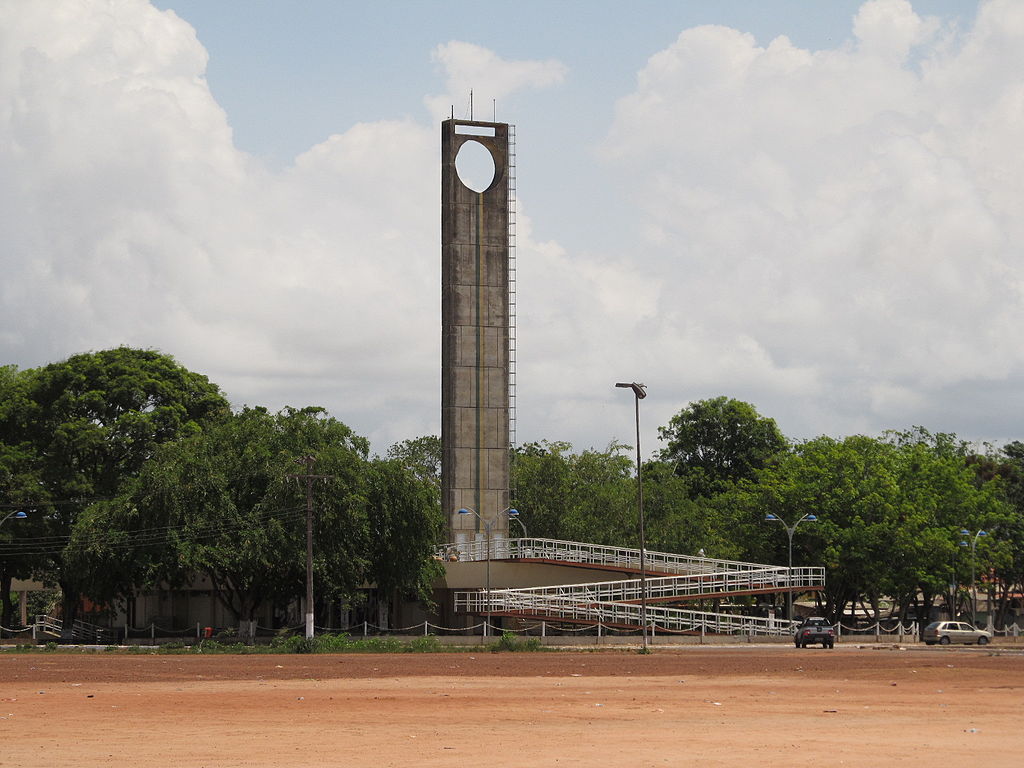
The equator crosses Brazil across its northern region, spanning from the Amazonian rainforests in the west to the Atlantic Ocean in the east. This imaginary line passes through several Brazilian states, including Amazonas, Roraima, Pará, and Amapá. Brazil’s equatorial region is one of the most biodiverse areas on Earth, especially within the Amazon rainforest, which hosts an unparalleled variety of plant and animal species. This region experiences consistent, year-round tropical climate with high humidity and rainfall. Along the equator, you’ll find dense rainforests, tropical rivers, and unique ecosystems that support indigenous communities and numerous wildlife species. Brazil’s city of Macapá, located on the northern coast, is notable for its “Marco Zero” monument, where visitors can stand with one foot in each hemisphere.
Colombia
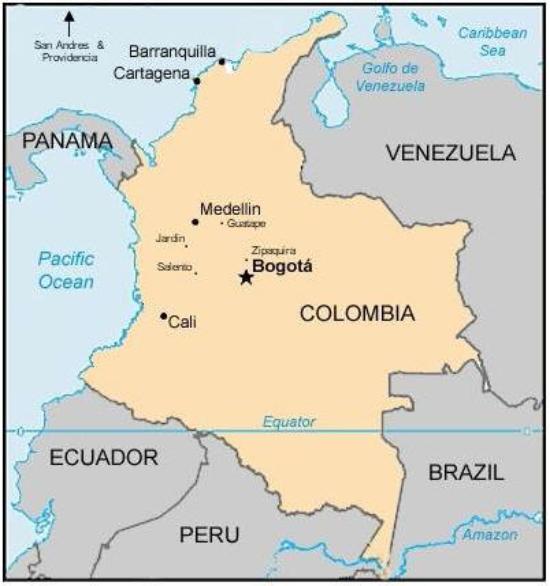
In Colombia, the equator passes through the country’s southern regions, specifically across the departments of Nariño and Putumayo. This area lies within the Amazon Basin, featuring dense rainforest and a wide variety of tropical plants and animals. The towns and communities near the equatorial line in Colombia are often small, rural, and deeply connected to their natural surroundings, with agriculture playing a key role in their economies. This part of Colombia experiences warm temperatures and high humidity throughout the year. The rivers that flow through this equatorial region support both biodiversity and local livelihoods, with fishing and small-scale farming providing sustenance. Colombia’s equatorial regions also play a significant role in the country’s rich biodiversity, as it contains ecosystems that support unique and rare species of flora and fauna.
Democratic Republic of the Congo

The equator cuts through the Democratic Republic of the Congo, crossing its northern region from east to west. This area, which includes parts of the Congo River Basin, is one of the world’s largest tropical rainforests, second only to the Amazon. The equatorial region in the DRC is lush, humid, and home to numerous species of wildlife, including primates, large mammals, and unique plants. The Congo River, one of the largest and most powerful rivers in the world, flows through this equatorial zone, providing crucial water sources and transport routes for the country’s rural communities. The year-round warm and wet climate helps sustain the dense rainforests that cover much of the DRC’s landscape along the equator. The area is also known for its mineral resources, although infrastructure in this region remains limited.
Ecuador
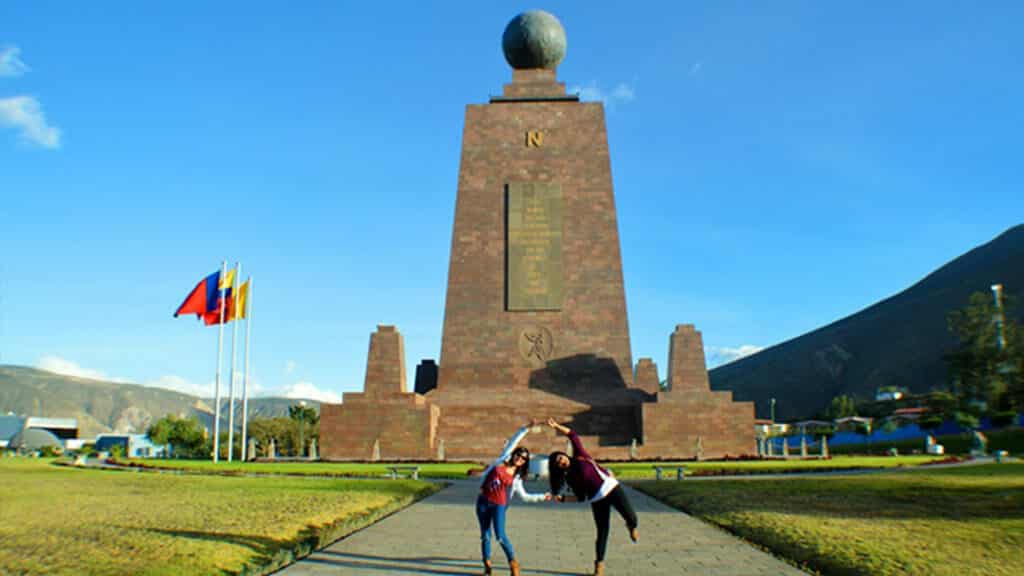
Ecuador is famously named for the equator, which crosses the country just north of its capital, Quito. The most iconic equatorial landmark in Ecuador is the “Mitad del Mundo” monument, located near the town of San Antonio de Pichincha, where visitors can stand on both hemispheres. This region offers breathtaking Andean landscapes, coastal plains, and rainforests that are rich in biodiversity. The equator’s location in Ecuador contributes to the country’s varied climates and ecosystems, from tropical rainforests in the Amazon Basin to cooler highland climates in the Andes Mountains. In addition, Ecuador’s Galápagos Islands, though not on the equator directly, are close enough to exhibit equatorial marine biodiversity. Ecuador’s equatorial region, therefore, is both a symbol of geographic identity and a cornerstone of its natural beauty.
Gabon
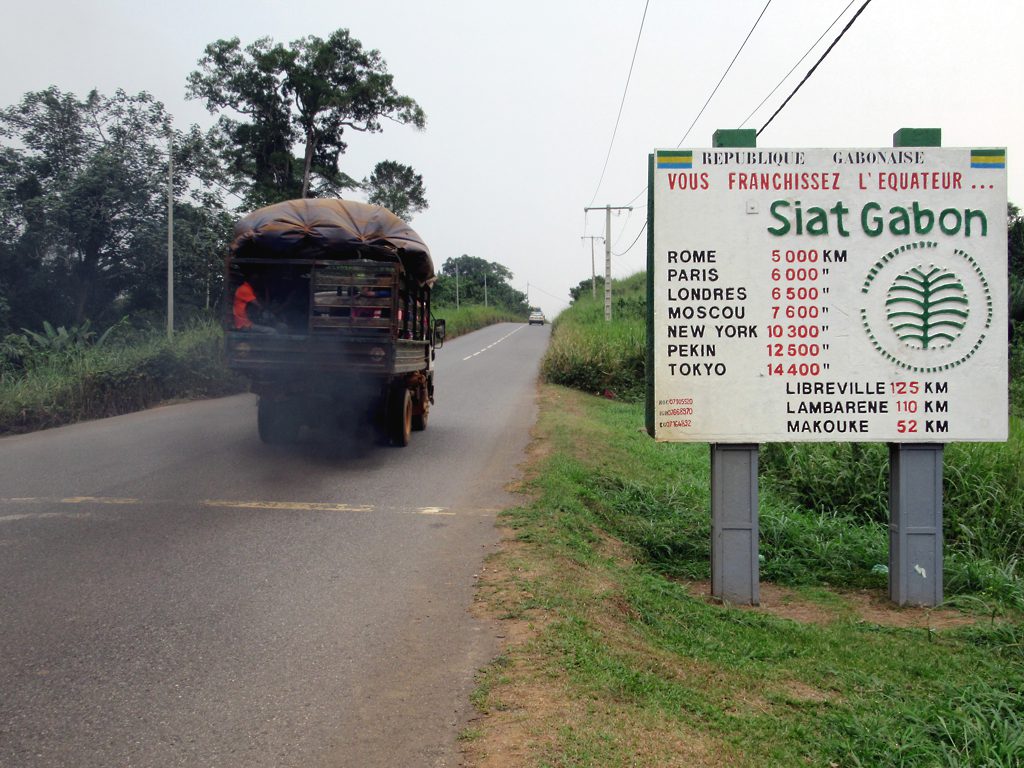
In Gabon, the equator crosses the country from east to west, covering areas of dense rainforest that are part of the Congo Basin. Gabon is one of Africa’s most environmentally protected nations, with a significant portion of its equatorial rainforest preserved as national parks. The warm and humid equatorial climate contributes to the country’s lush greenery and abundant wildlife. Gabon’s Loango National Park, which lies near the equatorial line, is a unique landscape that includes savannah, beach, and forest ecosystems. This region is famous for its wildlife, particularly forest elephants, gorillas, and leopards. The proximity to the equator helps maintain Gabon’s consistently warm temperatures and high levels of biodiversity, making it a crucial part of Central Africa’s natural heritage.
Indonesia
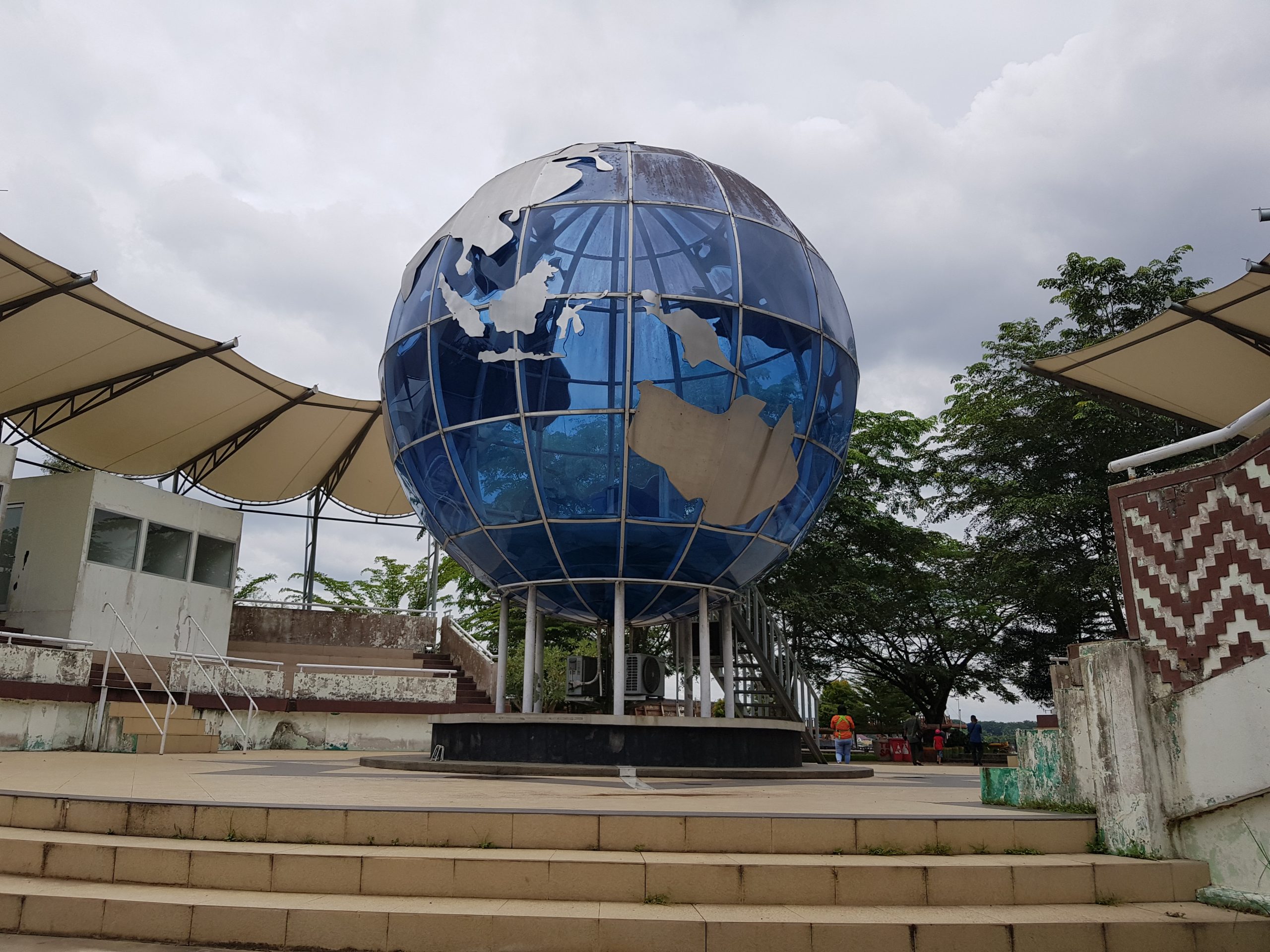
The equator passes through Indonesia, crossing several of its islands, including Sumatra, Borneo, Sulawesi, and smaller islands in the archipelago. As an island nation, Indonesia’s equatorial regions are characterized by tropical rainforests, mountainous terrains, and diverse marine ecosystems. The warm and humid climate along the equator supports lush vegetation and rich biodiversity in Indonesia’s rainforests, with unique species such as the orangutan, the Sumatran tiger, and the Komodo dragon. The equatorial line crosses Pontianak, a city on the island of Borneo, where an equator monument marks the location. Indonesia’s position on the equator also influences its tropical agriculture, with crops like rice, rubber, and tropical fruits being commonly grown in these regions.
Kenya
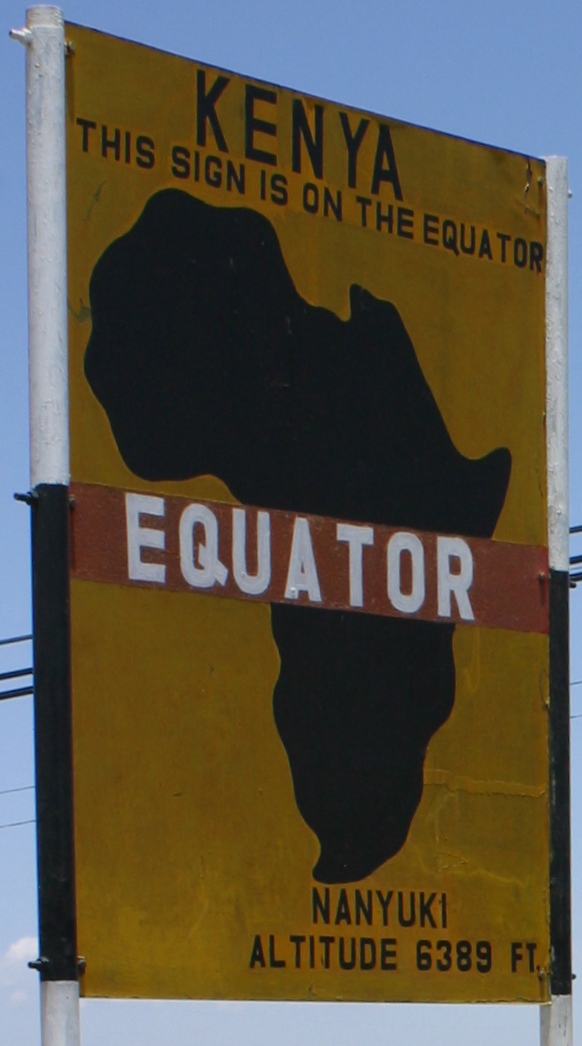
The equator crosses Kenya near the towns of Nanyuki and Meru, which are located north of Nairobi. Kenya’s equatorial region includes both highland and savannah landscapes, offering a mix of climates due to the country’s varying elevation. The equator line is marked near Mount Kenya, Africa’s second-highest peak, where visitors can experience equatorial conditions at various altitudes. The tropical climate in Kenya’s equatorial region allows for abundant wildlife, including iconic African animals such as elephants, lions, and giraffes. The mix of equatorial and mountainous terrain makes Kenya a popular destination for wildlife tourism and adventure activities, particularly in equatorial national parks like Aberdare and Mount Kenya National Park.
Kiribati
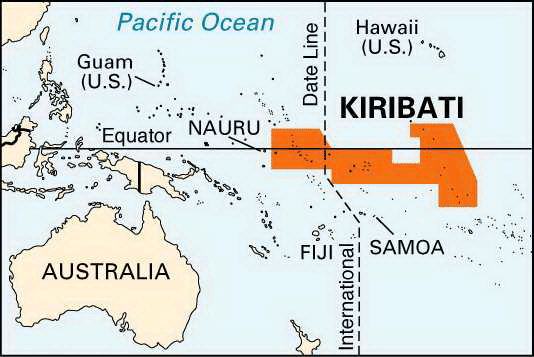
The equator passes through the island nation of Kiribati, located in the central Pacific Ocean. Specifically, it crosses some of the islands in the Gilbert and Phoenix archipelagos. The equatorial climate of Kiribati is warm and humid year-round, with significant seasonal rainfall variations due to the influence of the Intertropical Convergence Zone. As a low-lying atoll nation, Kiribati is highly vulnerable to rising sea levels, which threaten its land and freshwater resources. The location along the equator gives Kiribati rich marine biodiversity, with coral reefs, fish species, and other marine life that thrive in equatorial waters. Kiribati’s economy relies heavily on fishing and coconut products, which are well-suited to the island’s tropical climate.
The Maldives
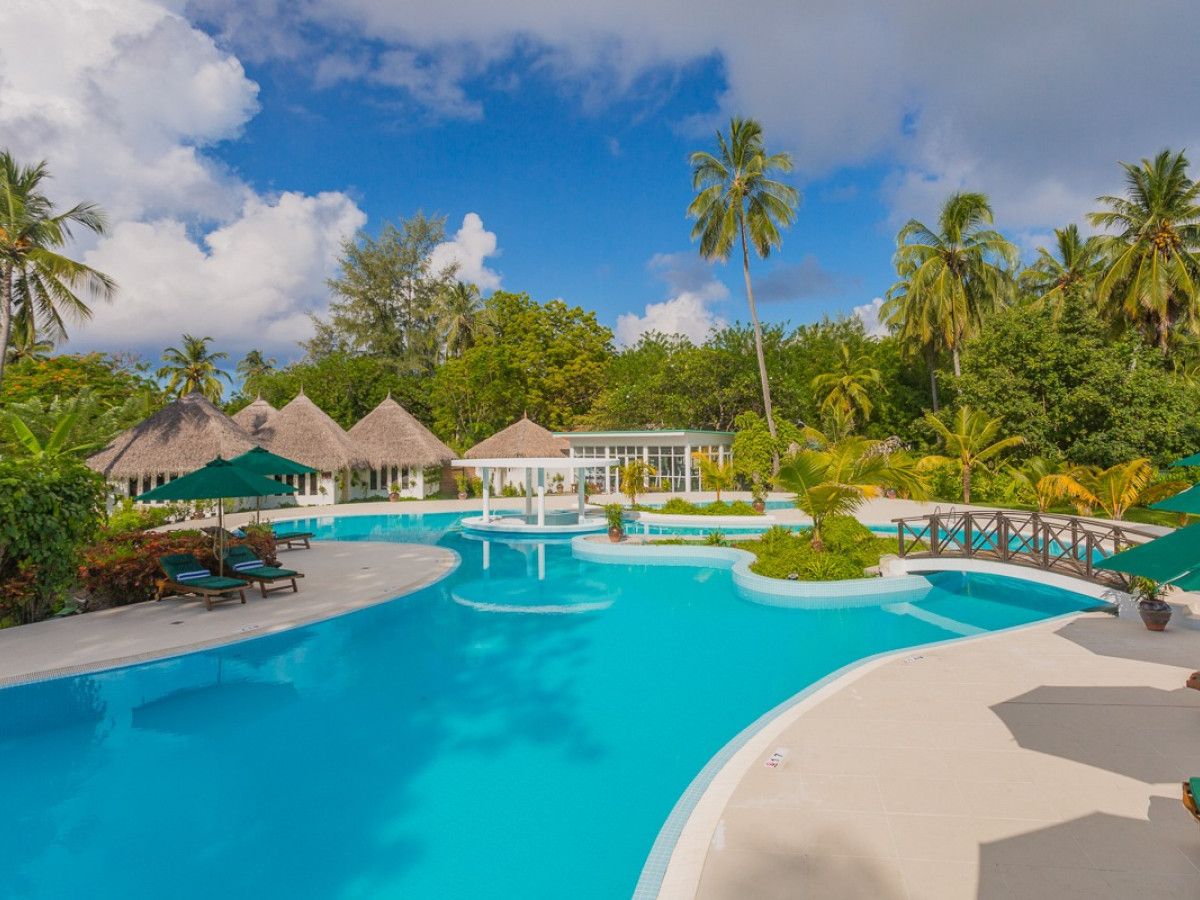
The Maldives, an archipelagic nation in the Indian Ocean, straddles the equator, giving it a tropical climate with warm temperatures and high humidity year-round. Located between 7° N and 1° S latitudes, it’s comprised of around 1,200 coral islands and atolls, spread across roughly 90,000 square kilometers of ocean. The proximity to the equator results in minimal temperature fluctuations throughout the year, with an average of 26-30°C (79-86°F). The equatorial position also subjects the Maldives to the monsoon season, which brings seasonal rains and occasional storms, particularly from May to October.
Republic of the Congo

In the Republic of the Congo, the equator crosses through the northern part of the country, an area dominated by tropical rainforest as part of the Congo Basin. This equatorial region is dense with vegetation and rivers, providing habitats for diverse wildlife. The warm, wet climate supports vast forests and rich biodiversity, including species such as gorillas, elephants, and various bird species. The Congo River flows through this area, playing a crucial role in the ecosystem and providing resources for the country’s rural communities. The Republic of the Congo’s location on the equator makes it one of the most biodiverse areas in Central Africa.
São Tomé and Príncipe
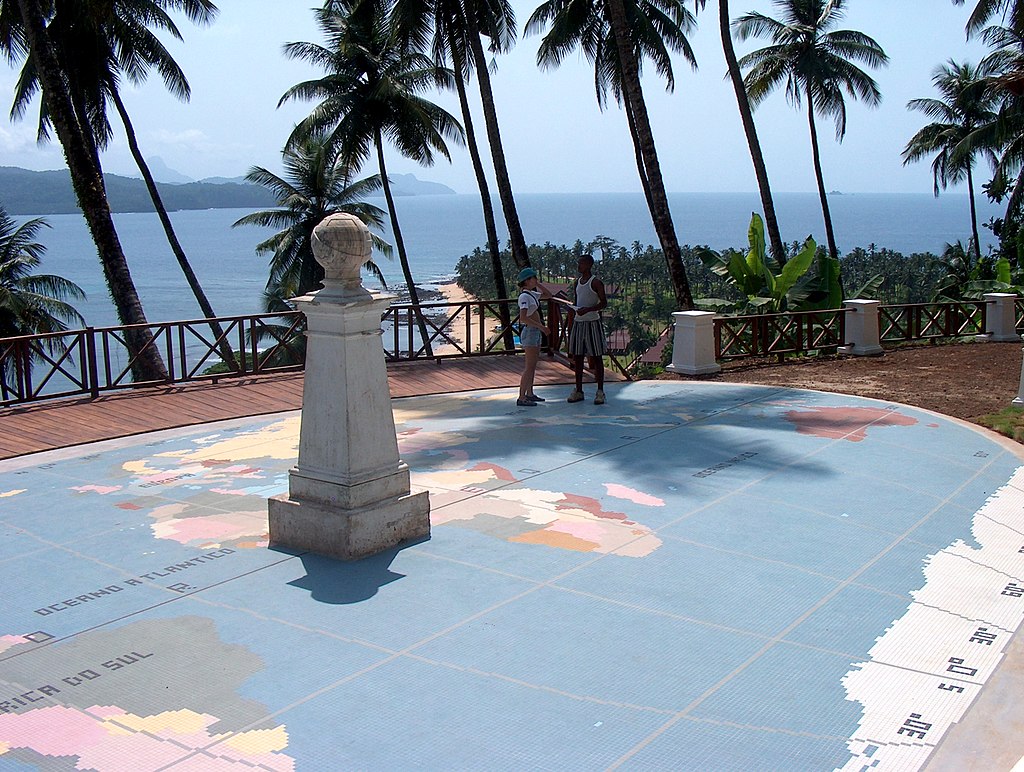
The equator crosses the island nation of São Tomé and Príncipe, specifically just south of the island of São Tomé. This small nation, located off the coast of Central Africa, enjoys a tropical climate with high humidity and temperatures year-round. São Tomé and Príncipe is known for its rich biodiversity, including rare bird species and endemic plants. The island’s location near the equator supports lush forests, cocoa plantations, and a variety of marine life along its coasts. The country’s tropical environment makes it an ideal location for ecotourism, with visitors drawn to its scenic beaches, forests, and volcanic landscapes.
Somalia
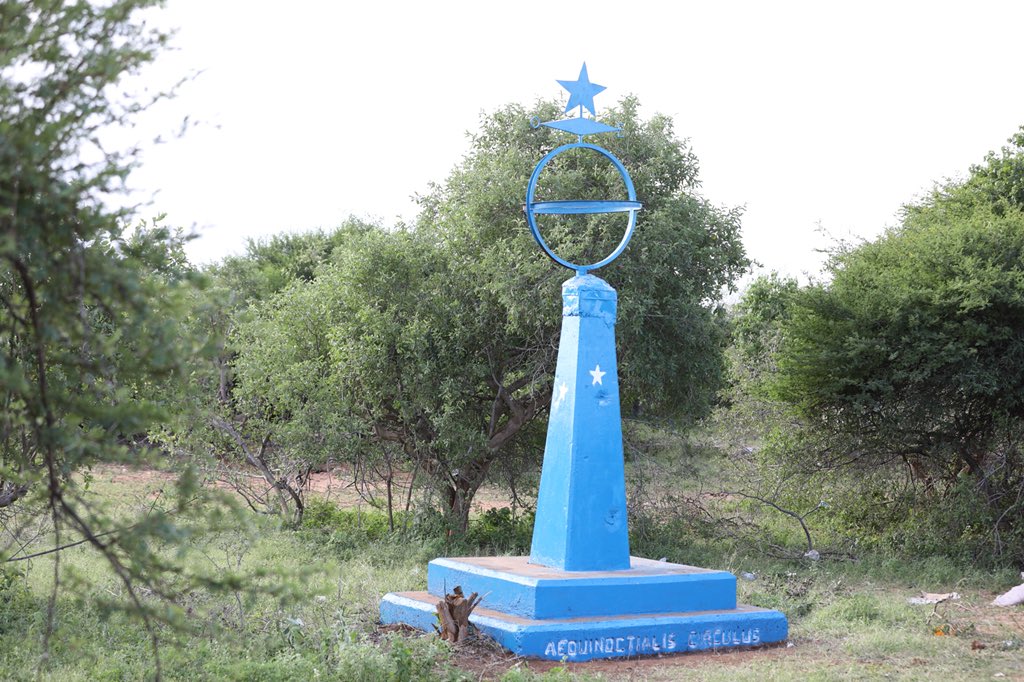
The equator passes through southern Somalia, where it crosses the Lower Juba region near the Indian Ocean. This part of Somalia has a dry tropical climate with seasonal rainfall, influenced by the monsoons from the Indian Ocean. Unlike other equatorial regions, Somalia’s equatorial zone is not densely forested but rather consists of arid landscapes and savannahs. The nearby coast along the Indian Ocean provides a unique environment with diverse marine ecosystems, supporting fishing communities and species like tuna and snapper. Somalia’s equatorial region also includes agricultural areas where crops such as maize, millet, and sorghum are grown, benefiting from the seasonal rains.
Uganda
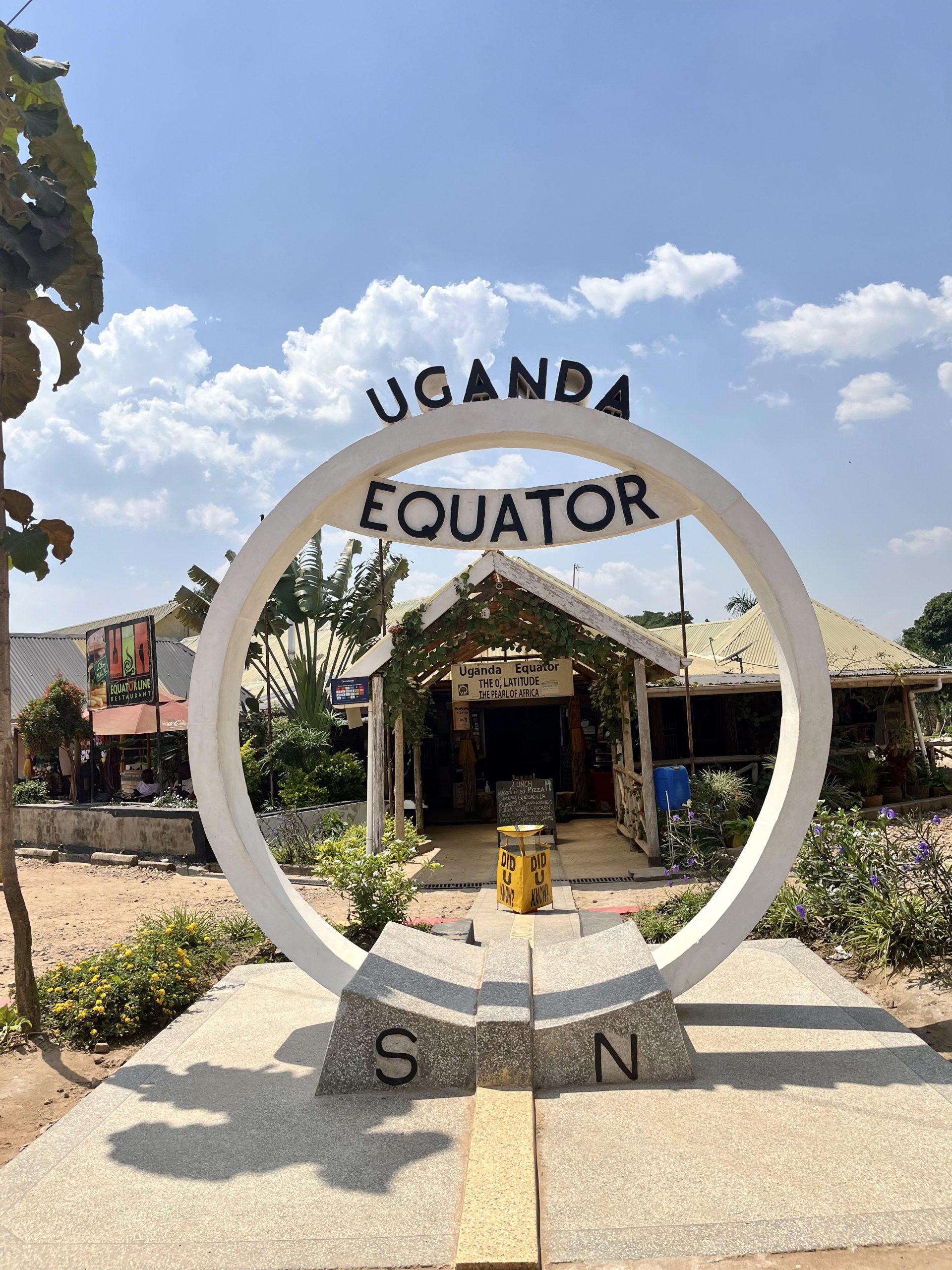
Uganda, located in East Africa, is one of the few countries that the equator crosses directly. Its geographic coordinates range between 1° S and 4° N latitudes, placing the equator near the southern region of the country. This central location contributes to Uganda’s consistently warm and tropical climate, although the presence of various altitudes, such as highlands and mountainous areas, brings diverse weather patterns. The equatorial position influences two rainy seasons in Uganda, with heavier rainfall between March and May, and lighter showers from September to December, which supports rich, fertile lands ideal for agriculture.
United States (Baker Island)

The United States has territory on the equator through its unincorporated island of Baker Island, located in the central Pacific Ocean. Baker Island lies just north of the equator, and its territorial waters extend into equatorial waters. This small coral island, uninhabited and administered by the U.S. Fish and Wildlife Service, is a designated wildlife refuge. Its location provides nesting grounds for seabirds and a marine environment for tropical fish species. The equatorial location near Baker Island gives it a warm, tropical climate, although the island is arid and lacks freshwater sources. This isolation contributes to its pristine, undisturbed natural environment, valuable for conservation.




